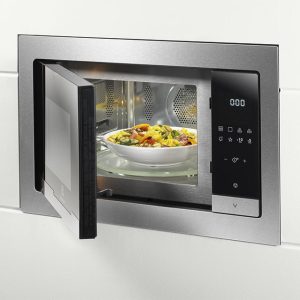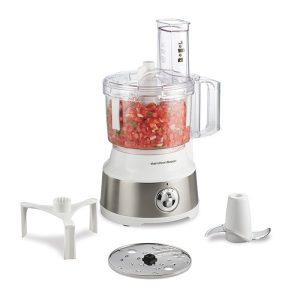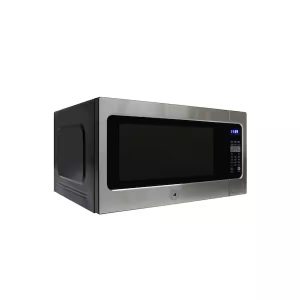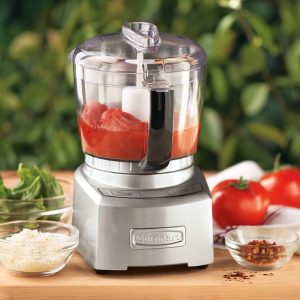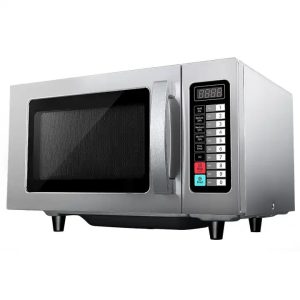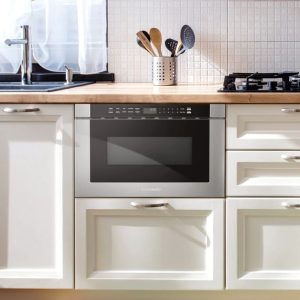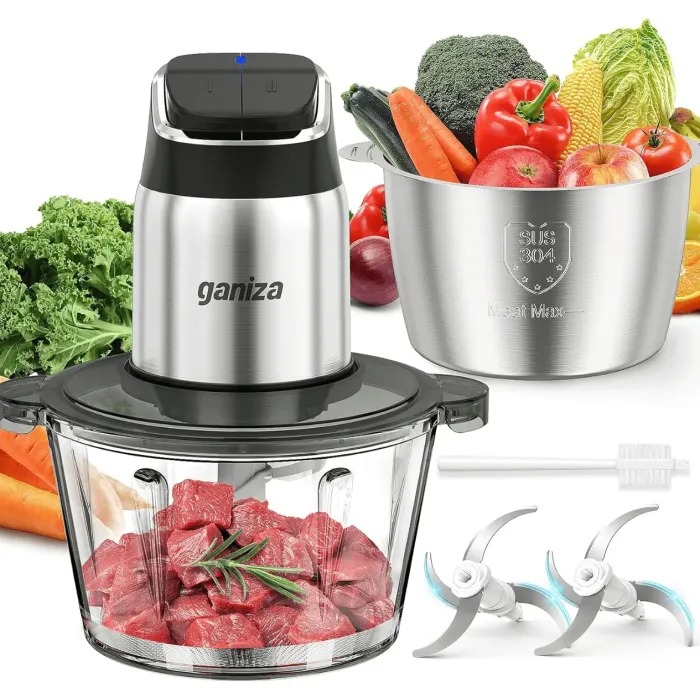
Introduction to Kitchen Gadgets
A common dilemma is choosing chopper vs food processor. Both have unique roles in food prep, but knowing which to use can save time and improve cooking. This guide helps differentiate choppers from food processors, aiding your decision. We explore key features, use cases, and price points. By the end, you’ll understand which gadget fits your kitchen needs best.
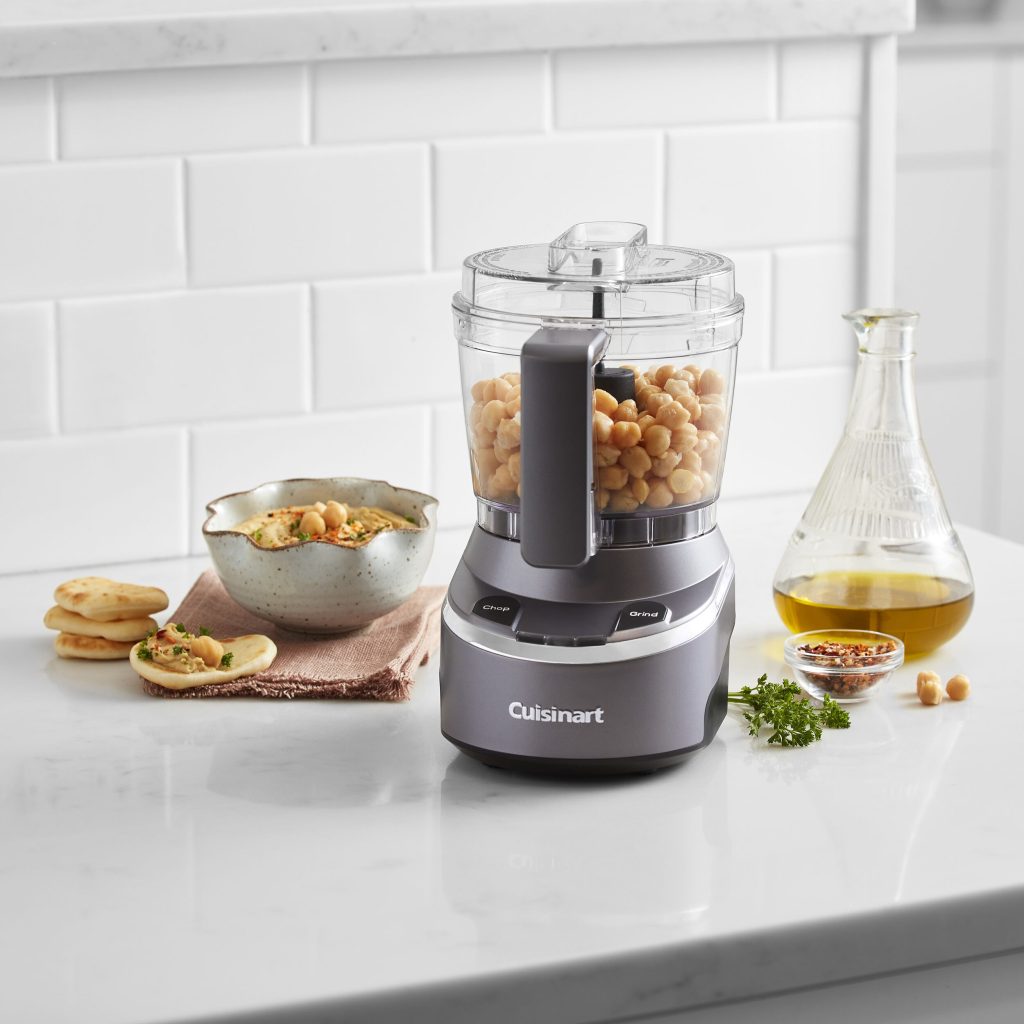
Key Differences Between Choppers and Food Processors
When we look at choppers and food processors, key differences stand out. These differences can influence your choice depending on what you need in your kitchen. Let’s explore the most critical factors that set these two appliances apart.
Design and Functionality
Choppers are generally simpler in design than food processors. They have fewer parts and are mainly used to chop or mince food. On the other hand, food processors come with multiple attachments. They can chop, slice, shred, and even knead dough. This makes food processors more versatile.
Blade Technology
Choppers usually have a single blade that works well for basic cutting tasks. Food processors feature interchangeable blades. Each blade serves a specific purpose, from fine chopping to grating.
Power
Power differs significantly between the two. Choppers are less powerful, meant for smaller tasks. Food processors boast stronger motors. They handle tougher jobs like kneading dough and grinding nuts with ease.
Speed Settings
Another distinction is speed. Most choppers have one speed setting, which is suitable for straightforward chopping. Food processors often have multiple speed options. This lets users adjust the speed to the texture needed for the dish they are preparing.
When to Use a Chopper
When it comes to quick, small-scale chopping jobs, a chopper is your go-to appliance. Ideal for dicing onions, mincing herbs, or preparing sauces, this tool is perfect when you’re cooking for just one or two people. Its compact design makes it easy to grab and use, even in the tiniest of kitchens.
Choppers shine in simplicity and speed. They’re the best choice for tasks that don’t need the extra capabilities of a food processor. If you want to make a quick salsa or chop nuts for a dessert topping, a chopper will do so in a breeze. It’s the more practical option when time is of the essence and you’re not handling a large volume of ingredients.
A chopper is also easier to clean due to its fewer parts. After a simple meal prep, you can quickly wash it by hand or place it in the dishwasher. This ease of cleaning saves additional time, enhancing its appeal for quick-use scenarios.
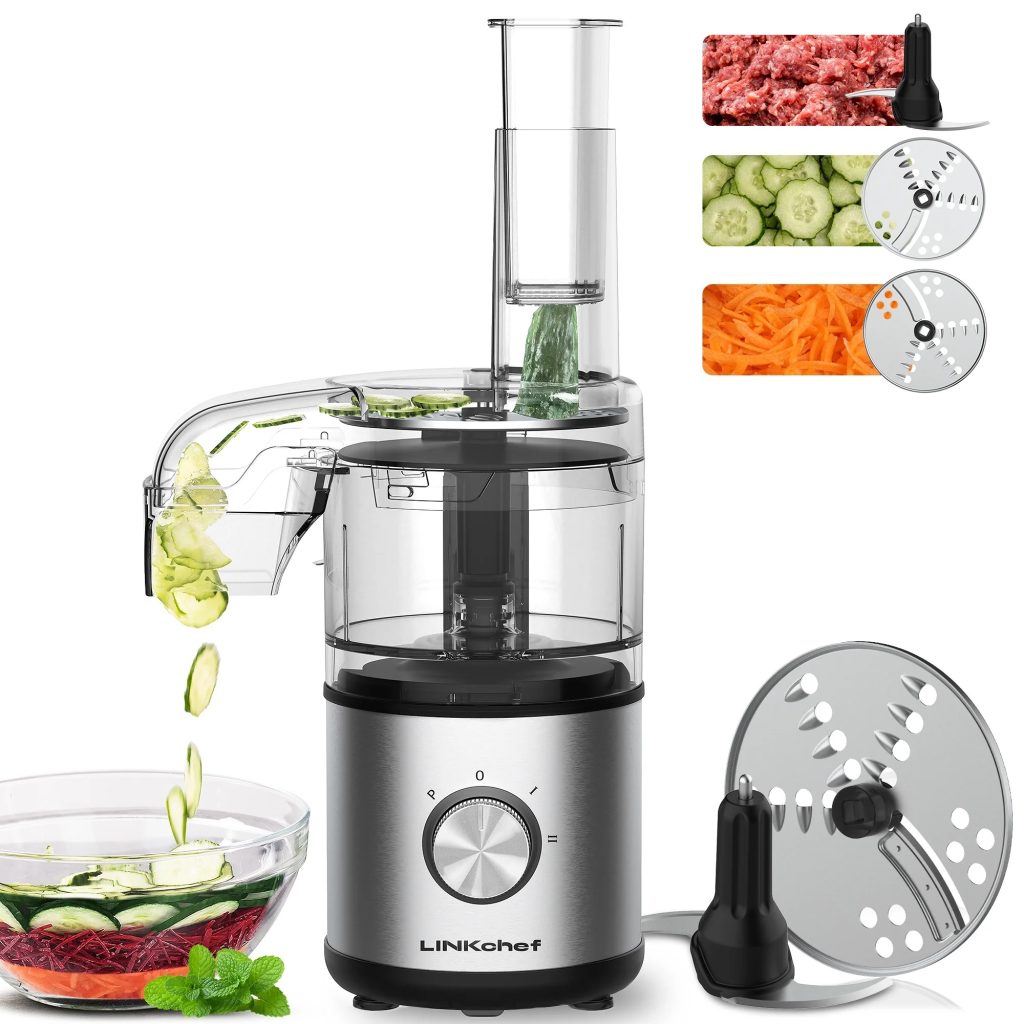
The Versatility of Food Processors
Food processors are the multi-taskers of kitchen gadgets. Their versatility is unmatched when it comes to various cooking tasks. Unlike choppers, food processors come equipped with numerous attachments. These attachments make the appliance incredibly adaptable.
Here is how a food processor stands out in versatility:
- Multiple Attachments: With blades that slice, shred, and dice, you can prepare a range of dishes. Some even have dough hooks for baking needs.
- Adjustable Speeds: You can change the speed to match the task at hand, from slow mixing to fast pulsing.
- Various Functions: Beyond chopping, food processors can mix, puree, and emulsify ingredients. This makes them useful for more complex cooking jobs.
- Large Volume Tasks: Food processors handle big batches of ingredients. This saves time when you’re cooking for a crowd or meal prepping for the week.
A food processor can be an essential tool for those who love to cook, bake, and experiment with recipes. It can make pie crusts, shred cheese for pizza, or make hummus with ease. Due to its power and various functionalities, it often becomes a favorite for avid cooks. If you value flexibility in your kitchen tasks, a food processor might be the right choice for you.
Size and Capacity: Chopper vs Food Processor
When picking between a chopper and a food processor, size and capacity are key. These factors affect how well the appliance fits your cooking habits and kitchen space. Choppers are smaller, with less capacity. They suit quick, small jobs like chopping herbs or making a dip. Food processors have a bigger bowl. They’re better for large tasks like slicing vegetables for a family meal.
Choppers fit well in small kitchens. They store easily and don’t take much counter space. Food processors need more room but do more jobs. A large family or meal prep for the week will need a food processor’s size. Think about your cooking needs. Do you often cook in large batches? Do you have enough space for a bigger appliance? Your answers can help decide which is best for you.
Ease of Use and Cleaning
When considering a kitchen gadget, ease of use and cleaning are important. Choppers and food processors differ here as well. Let’s break down their attributes in this regard.
Chopper: Simple to Use and Clean
Choppers offer straightforward operation. With fewer parts, setting up is quick. You often just need to place the blade and bowl. Using them is as simple as pressing a button. Most models have a one-touch pulse control. This makes them user-friendly, even for beginners.
Cleaning a chopper is also less of a chore. Since they have fewer components, there’s less to wash. Many choppers have dishwasher-safe parts. This means you can disassemble and pop them into the dishwasher. This convenience is perfect for those who prefer minimal cleanup after cooking.
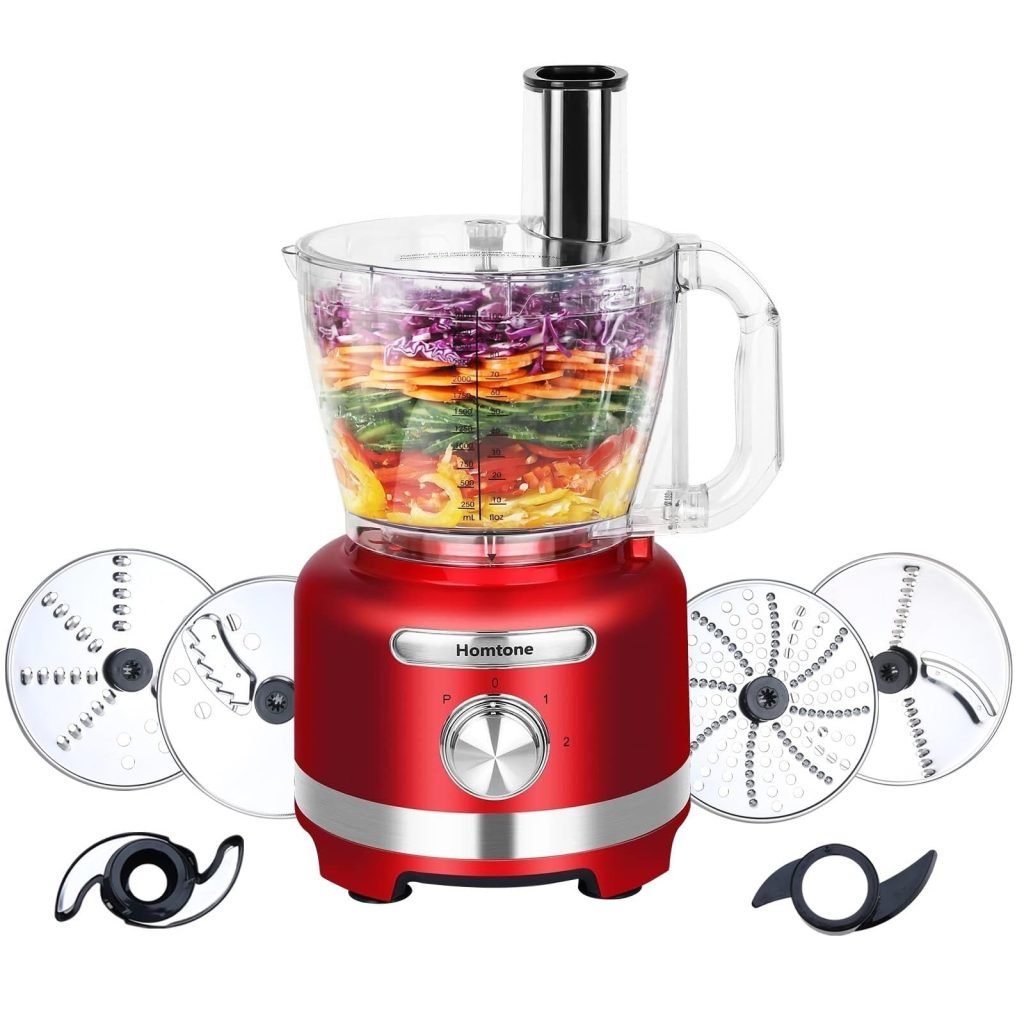
Food Processor: Requires More Effort
Food processors, with their multiple attachments, are a bit more complex. They take more time to assemble. You may have to swap blades and settings for different tasks. This can be daunting if you’re in a hurry or new to the kitchen.
Cleaning a food processor is more involved. With more pieces to wash, it takes longer. Not all parts may be dishwasher-safe. You’ll need to check the manual. Some blades and attachments require careful handwashing. Remember to handle sharp blades with care.
Price Comparison
In any purchasing decision, price is a crucial factor. When comparing choppers and food processors, there’s a noticeable difference in cost. Here’s what you need to know when considering your budget.
Chopper: More Affordable
Choppers are typically less expensive than food processors. Their simplicity and smaller size contribute to a lower price tag. For those on a tight budget, a chopper might be the ideal choice. It offers good value for basic kitchen tasks without a big investment.
Food Processor: Higher Investment, Greater Capabilities
Food processors come with a higher price due to their advanced capabilities and attachments. Investing in a food processor means paying more upfront, but it offers more versatility in the kitchen. For avid cooks who will use it regularly, the cost can be worth the array of functions it provides.
When shopping
Remember that prices vary by brand and model. Higher-end models of both choppers and food processors will be pricier. They often feature better materials and more advanced technology. It’s important to balance your budget with your cooking needs.
Take note of what tasks you perform regularly in the kitchen. If your food prep demands are high, a food processor might justify its cost. For simpler, quick tasks, a chopper could be the economical and practical choice. Always consider the long-term value of the appliance you choose to ensure it aligns with your kitchen routines.
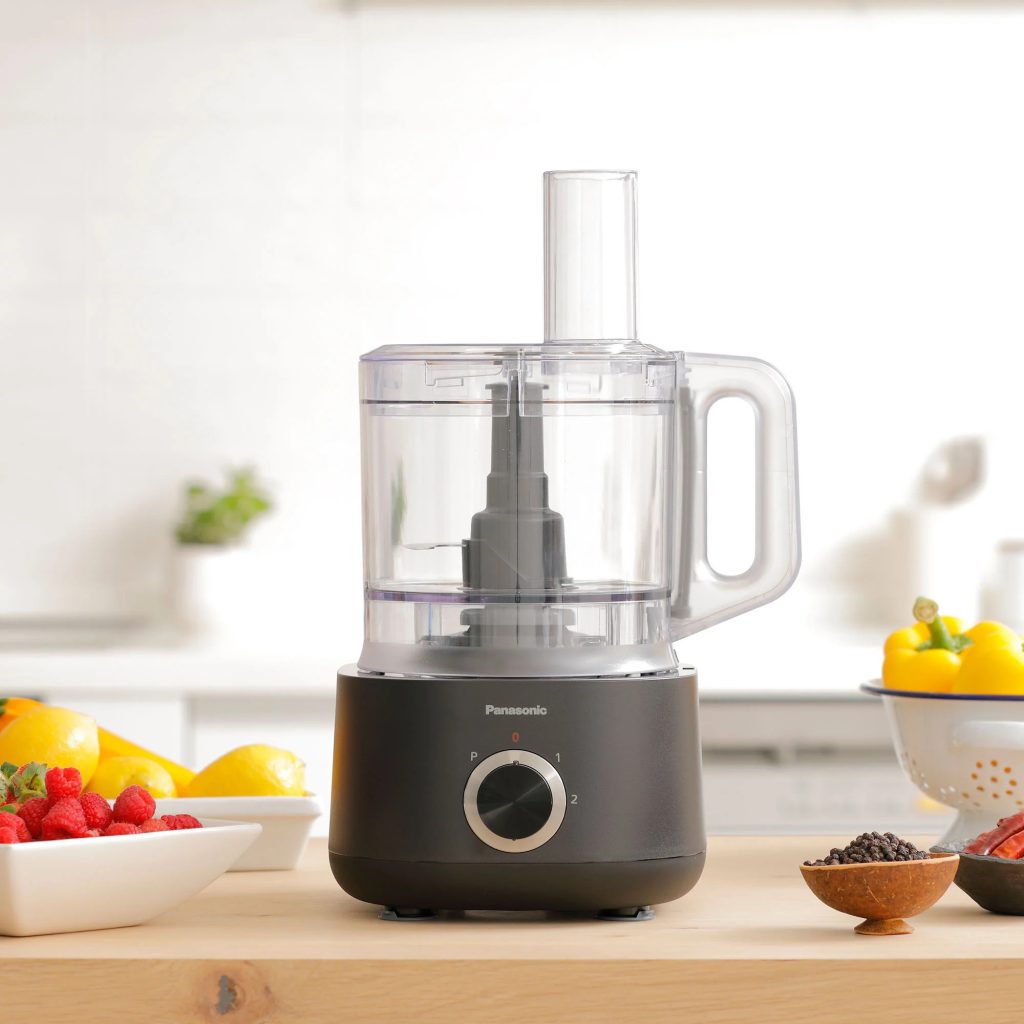
Conclusion:
When it comes to kitchen gadgets, the choice between a chopper or food processor depends on your cooking style and needs. Use a chopper when you need quick, easy prep work for small meals. It’s simple to use and budget-friendly, making it perfect for those on-the-go or cooking for one. Choose a food processor when versatility is key and you are prepping large amounts. It’s a multi-use tool that can chop, slice, knead, and more.
